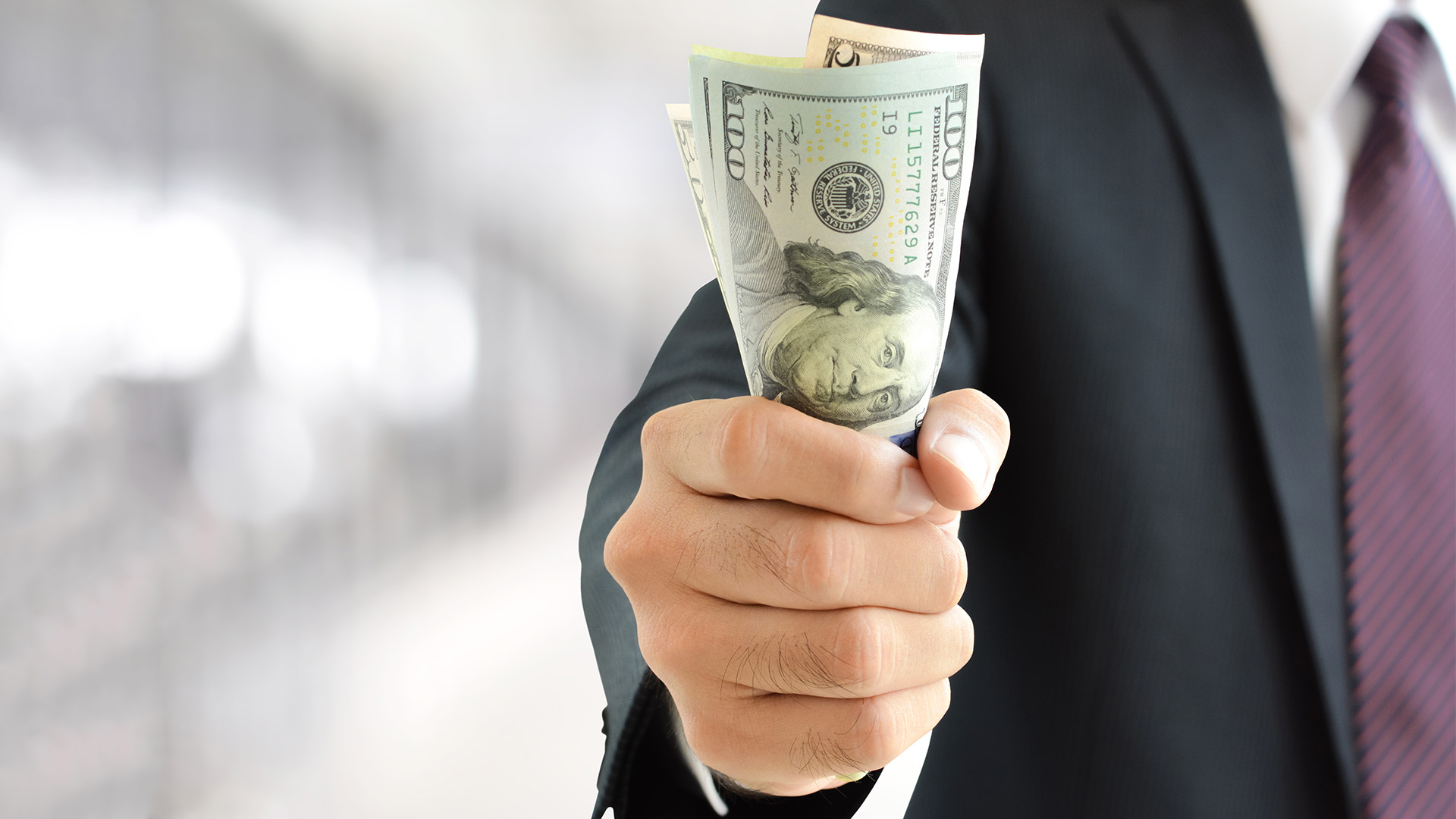To some it was a case of the Fed throwing more petrol on a smoldering fire and seeing an explosion in financial markets on Thursday, and to lesser extent on Friday.
That’s certainly the way critics in the US and a number of foreign countries thought on Friday and said so.
To others, it was a necessary risk and the market reaction was just what is needed.
Either way the Fed’s loosening means that shares had their best week in two months, with the MSCI World Index up 3.4% each.

In the US shares rose for a fifth straight week as investors were also heartened by Republican gains in the mid-term polls.
The Standard & Poor’s 500 Index climbed 3.6% to a two-year high of 1,225.85 last week, while the Dow jumped 325.59 points, or 2.9%, to 11,444.08
On Friday the Dow rose 9.24 points to 11,444.08, the S&P 500 added 0.4% to 1,225.84 and Nasdaq rose 1.64 points to 2,578.98, which was also up 2.9% for the week.
The S&P 500 has surged almost 20% since July 2 and the Dow has erased all its losses that followed Lehman’s 2008 bankruptcy in mid-September of that year.
The S&P 500 is up around 16% since Fed chairman, Ben Bernanke dropped a big hint in late August that the central bank would move to start another round of quantitative easing.
Volume was strong, with about 9.40 billion shares traded on the New York Stock Exchange, the American Stock Exchange and Nasdaq, above the year-to-date daily average of 8.73 billion.
That’s due to the appearance of momentum investors wanting to hop on board a moving market or stock.
In Europe the Stoxx 600 Index rose 2.3% to 271.97 last week, the biggest gain in two months.
It’s now up 17% since the low in May.
Bloomberg said that national benchmark indexes rose in 13 out of 18 western European markets.
Germany’s DAX Index gained 2.3%, while the London’s Footsie rose 3.5% to a two year high.
France’s CAC 40 Index advanced 2.2%, but Spain’s IBEX 35 fell 3.6%, Greece’s ASE Index lost 2.6% and Portugal’s PSI-20 Index fell 2%.
They are all in the so-called PIIGS economies of Europe and their weakness followed the agreement on new rules for supporting euro countries in times of financial pressure.
The MSCI Asia Pacific Index jumped 4.2% to 134.82, its steepest increase since last December.
The index is now up around 12% so far this year.
Japan’s Nikkei 225 Stock Average climbed 4.6% in the four days it was open last week, including a 2.9% jump on Friday alone.
Hong Kong’s Hang Seng Index surged 7.7% and South Korea’s Kospi Index gained 3%.
China’s Shanghai Composite Index jumped 5.1%, while Australia’s S&P/ASX 200 Index rose 3%.
Australian shares rose for a fifth day on Friday, their longest winning run since March.
The ASX200 index was up 55.3 points, or 1.2%, at 4800.6 at the close, a rise of 3%.
That was the biggest rise for nine weeks.
The All Ordinaries index rose 55.4 points, or 1.1%, to 4872.9.













